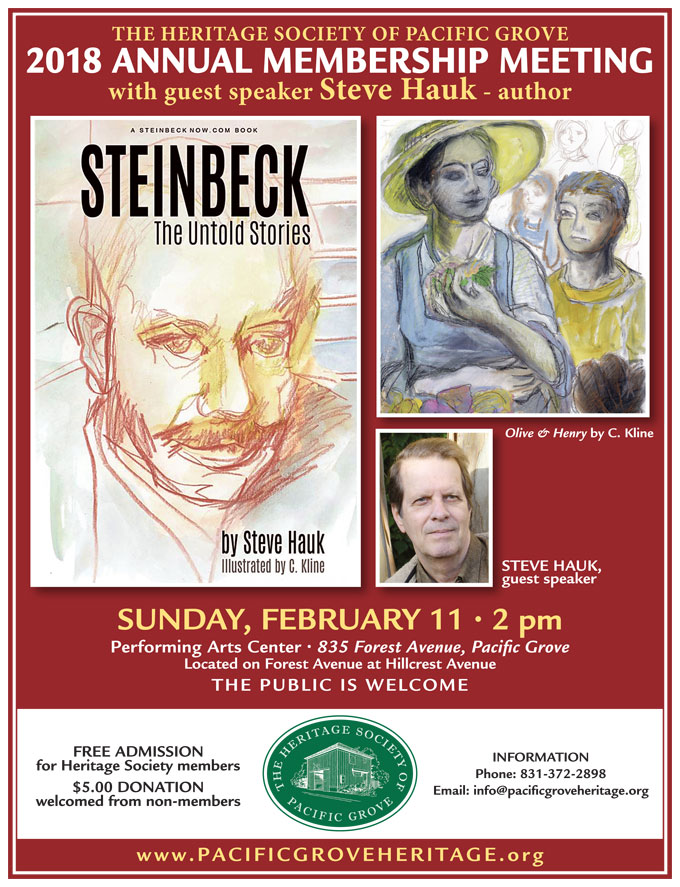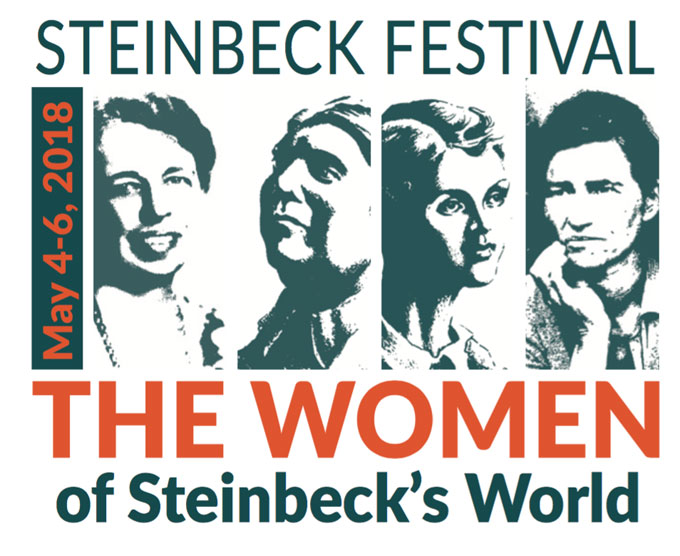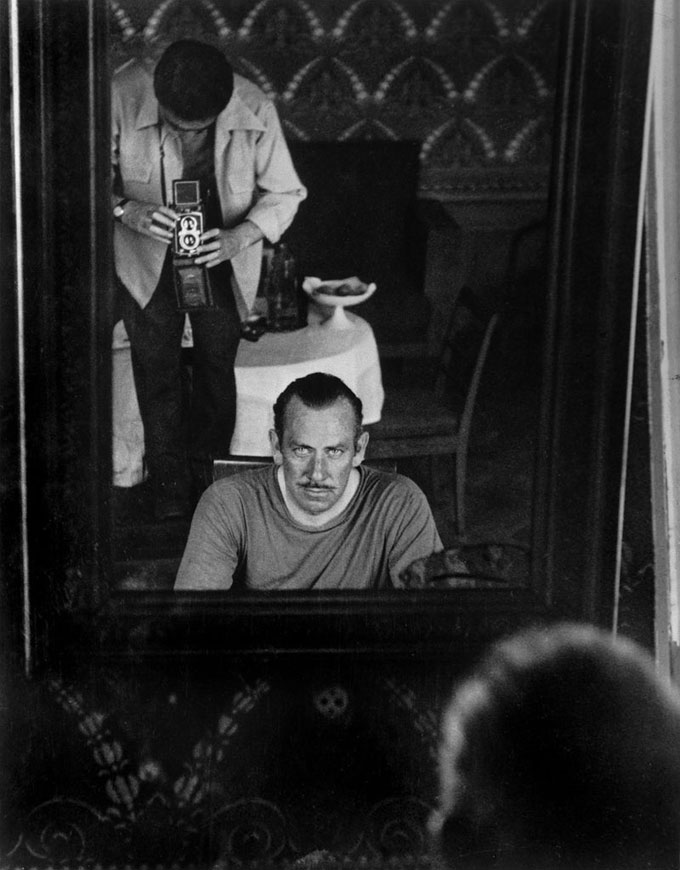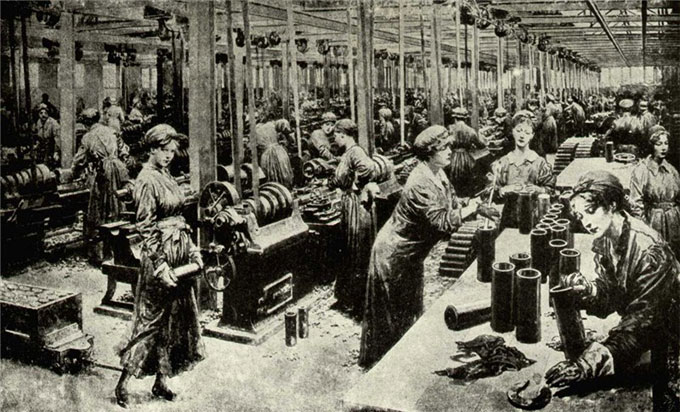The Pacific Grove Heritage Society is an appropriate host, and the Pacific Grove Performing Arts Center an appropriate venue, for Pacific Grove author and art expert Steve Hauk to talk about the writing of Steinbeck: The Untold Stories—a collection of 16 short stories inspired by people, places, and incidents from the life of the Nobel Laureate who did much of his writing at the Pacific Grove cottage built by his family more than 100 years ago. Presenting Steve Hauk on John Steinbeck fits the mission of the Heritage Society, to raise public awareness of local history and architecture, and the purpose of the Performing Arts Center, built in 1923 to accommodate concerts and lectures—a popular pastime in Pacific Grove since its founding as a Chautauqua assembly ground in 1875. The annual meeting of the Heritage Society featuring Steve Hauk starts at 2:00 p.m., Sunday, February 11, and is open to the public. The Pacific Grove Performing Arts Center is located on the campus of Pacific Grove Middle School at 835 Forest Avenue. Street parking is free and donations are tax-deductible.





